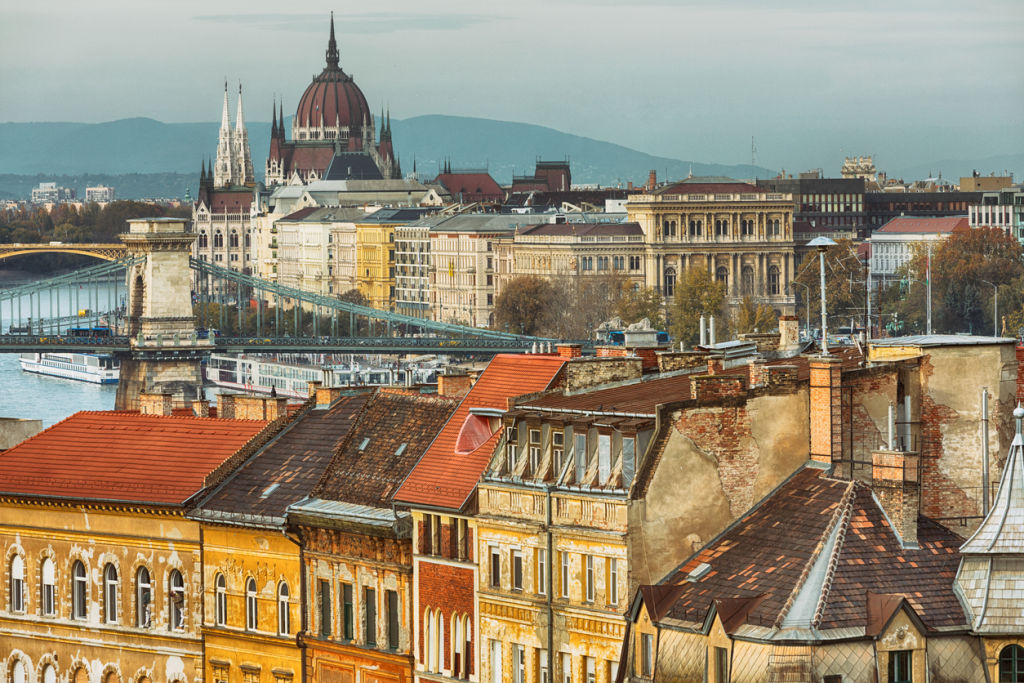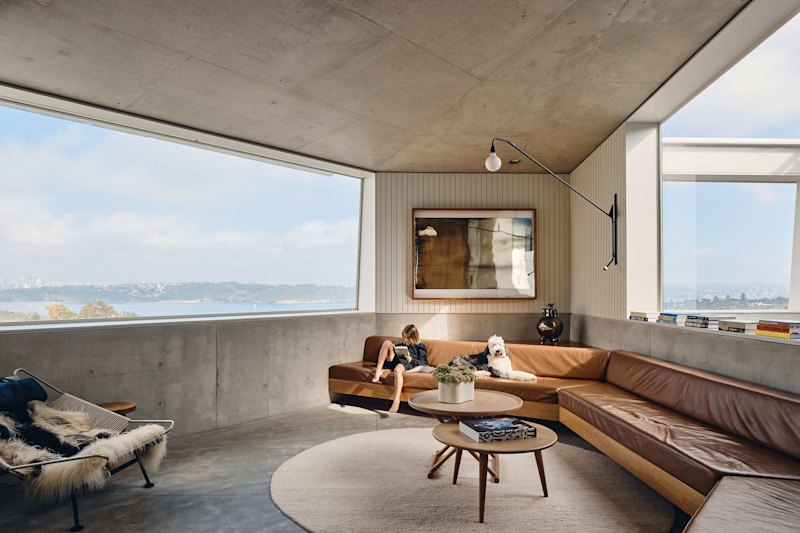Developers unveil $1.6b plans for carbon-neutral green city in Hungary

A carbon-neutral green city the size of 500 soccer fields is being built in Hungary. The project, located in the country’s northwest, is expected to cost about $1.6 billion on the outskirts of the Hegyeshalom-Bezenye region.
At the centre of the new city, about 170 kilometres north-west of the country’s capital, Budapest, will be a series of greenhouses used for the cultivation of tomatoes, capsicums, eggplants, and herbs to be distributed throughout Hungary. The project will also house Europe’s largest onshore fish farming operation, used for the breeding and farming of salmon, bass, and sea bream.
Development duties are being handled by German company FAKT AG, with support from Hungarian builders KESZ Group, as well as German energy company E.ON. The Hungarian government is also lending a hand in the project.
FAKT board member Nikolai Ulrich told Bloomberg that the city would create around 5000 jobs to fulfil the operation of the greenhouse facilities. Mr Ulrich also said the project featured an integrated sustainable water management policy as a means of lowering water usage, as well as the use of geothermal plants for temperature management.
The city will have about 1000 homes, as well as a wide variety of amenities including restaurants, hotels, public transport, and shopping facilities. Families will have access to a kindergarten and primary school.

According to a press release, “the guiding principle for the development of the 330-hectare site is sustainable management combined with an integrated material cycle. Energy supply plays an important role.”
Hence the involvement of energy company E.ON, which will supply and operate the renewable energy solutions for the city, including solar and biogas.
“With this project, we want to set a standard for the sustainable integration of working and living in Europe,” Hubert Schulte-Kemper, CEO of developer FAKT AG, said. “To build a future-oriented energy supply, we have found E.ON as a partner who can develop a tailor-made energy solution on every scale.”
Further details are scant, but Hegyeshalom-Bezenye follows in the footsteps of other cities around the world.
Malaysia’s Forest City continues to be a controversial and fraught development. The plan, a 14-square-kilometre city housing 700,000 people, has come under threat due to changes in government.
Despite this, plans continue with an ultimate aim of a massive city covered in plant life to reduce noise and pollution. What’s more, there will be no cars in the city – only public transport.
Elsewhere, a green city development is popping up in Liuzhou in China. Similar in concept to the Malaysian example, this one is designed by Italian architect Stefano Boeri Architetti. It plans to house about 32,000 people, and its plant-covered design means that air pollution should theoretically be eradicated.
Billionaire Bill Gates is also throwing his hat in the ring, recently purchasing 10,000 hectares of land in Arizona with a view to building a “smart city”. Known as Belmont, the city will feature technology at its core, including autonomous vehicles. Solar and wind power are reportedly the main sources of energy for the project.
We recommend
States
Capital Cities
Capital Cities - Rentals
Popular Areas
Allhomes
More







